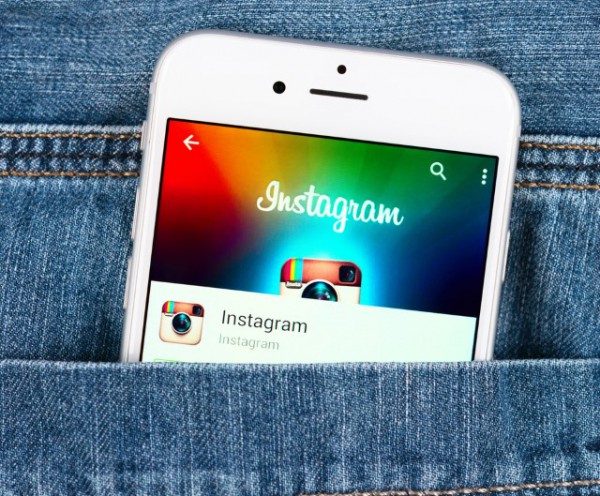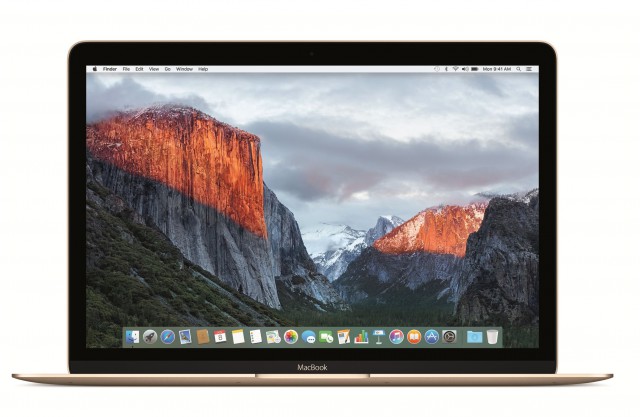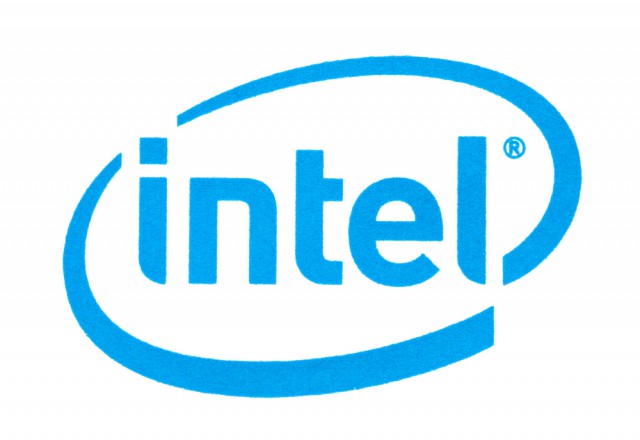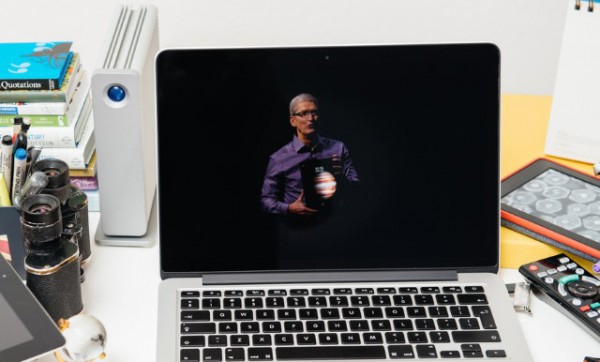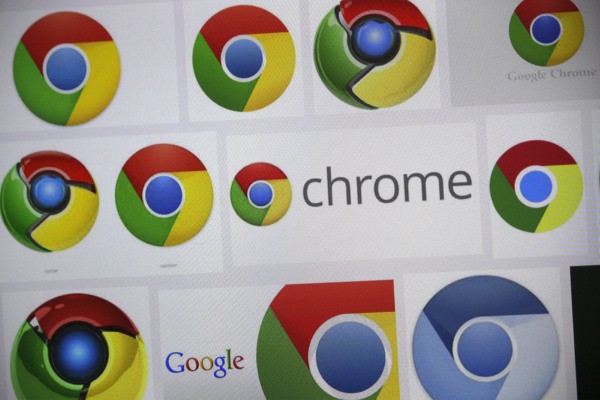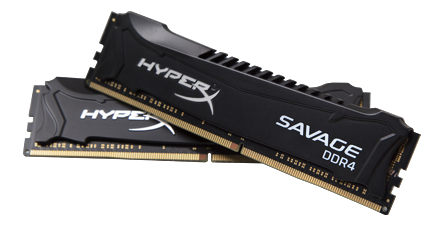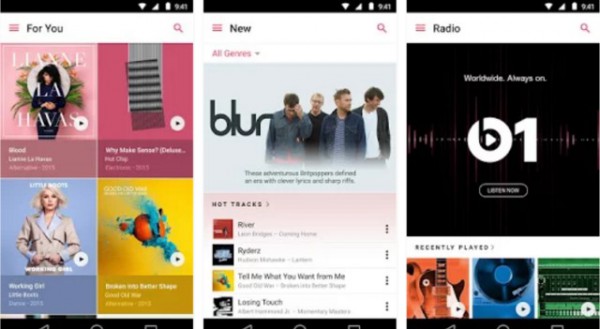
The shift towards mobile computing and BYOD has been the big story in enterprise IT over the past couple of years.
But has the trend towards mobile peaked? Can we expect BYOD to move into smaller organizations and what effect will legal and regulatory frameworks have? We spoke to Gary Greenbaum, CEO of BYOD billing specialist Syntonic to find out.
BN: Are we seeing a slow down in enterprise mobile adoption and if so is this a long-term trend or just a blip?
GG: The big trend at work is less about enterprise mobility adoption, that's already happened en masse. It's more about the consumerization of IT, whereby IT is adopting consumer-driven technologies brought into the work environment by employees, a trend that has been active for over five years and that shows no signs of abating. Increasing reliance on mobile devices in the enterprise is driven by ever more powerful mobile computing devices and employee preferences for consumer applications that can also be used for business, such as Outlook or Skype. The consumerization of IT trend has mutual benefits for the employer and the employee. The enterprise has enjoyed tremendous productivity gains as consumers bring increasingly powerful smartphones and other mobile devices into the workplace. Employees have achieved greater flexibility to work from anywhere and use the apps and tools they’re familiar with. The line between work and personal life has blurred. Work is no longer a geographic location where employees go: it's what employees do. BYOD is enabling this new way of working.
BN: What will be the effect of the class action lawsuits for BYOD employee reimbursement in California and Massachusetts? Can we expect these to spread elsewhere?
GG: What happens in California doesn't stay in California. The conclusion of Cochran v. Schwan's Home Services class action lawsuit was noteworthy because it simply reasserted existing labor law and didn't introduce any new law. BYOD reimbursement is fair work practice that is similar to other forms of business reimbursement. Similar labor laws are active in many other states and we expect to see on-going employee lawsuits seeking fair compensation.
BN: How will smaller businesses be able to cope with demands for BYOD and the associated regulatory pressures?
GG: The industry has been remiss about building solutions for SMBs. The same California law that requires employers to reimburse employees for mobile phone use applies to both enterprises and SMBs. Small and medium size businesses require a split billing solution, just as much as the large enterprise. Split billing helps SMBs remain compliant by ensuring accurate reimbursement for mobile usage. To date, Enterprise Mobility Management (EMM) vendors have focused their offerings on large enterprises with solutions that aren’t well suited to the needs of SMBs.
SMBs are left with four options:
1. Force employees to fill out time-intensive expense reports
2. Estimate reimbursement amounts
3. Don’t reimburse employees
4. Adopt a split billing solution to accurately segment mobile usage
Options 1, 2, and 3 are not tenable. Forcing employees to fill out expense reports is costly and fraught with guesswork since mobile bills only list the date, time and megabytes used, with no tie-back to actual business usage. Estimating reimbursement amounts doesn't provide accurate accounting and leads to over-generous stipends that inflate company BYOD costs. Finally, the recent enforcement of existing labor law in California requires employers to reimburse employees when they use their mobile devices for business use.
Adopting a split billing solution, is the most cost-effective option since it not only allows employers to reimburse and remain compliant, but it also provides analytics insights to understand how employees are using mobile devices so businesses can better forecast and budget. Today's split billing also provides turnkey solutions that are easy to manage with minimal IT resources.
BN: Can we expect to see Apple making more efforts to take on Android in the workplace?
GG: Android has had tremendous success with BYOD outside of the US, while Apple has enjoyed the lion's share of the US BYOD market. It's not a birthright to have the dominant mobile OS, as Blackberry's past mobile ventures clearly demonstrate. Apple will do what's necessary to maintain their position, pursuing business feature parity with Android, and if the past is indicative of the future, they’ll provide differentiated value with their iOS enterprise offering.
There's also a channel need that hasn't been addressed. Consumers don't currently choose a phone by evaluating how well it meshes with their work environment, such as separating business use from personal use. A phone that makes it easy to get reimbursed by your employer opens up new opportunities for handset manufacturers, mobile operators, and solution providers to deliver new, differentiated value to consumers.
BN: Where is enterprise mobility expanding fastest?
GG: Core business services are pivoting to mobile due to the confluence of ubiquitous employee smartphone adoption, cloud services, and the growth of mobile business applications, Employers and employees now expect work to be conducted on mobile devices. The big drivers behind this growth are business productivity and employee flexibility. The landscape has changed: gone are the voice-only phones of the past. Business apps and services are now available online. The new opportunity for businesses is to efficiently grow employee mobile services while reducing Capex.
BN: Will we see further consolidation of enterprise mobility management providers in 2016?
GG: Yes. The IBM acquisition of Fiberlink's MaaS360, VMWare's acquisition of AirWatch, and Blackberry's acquisition of Good Technology are part of an overall EMM consolidation trend, aggregating functionality and services to single vendor solutions. Dell has become a one-stop destination for enterprise solutions with storage, network, cloud services, virtualized hardware, and device management. Consolidation is also an indication that the BYOD market is maturing and going mainstream.
Image Credit: Max Griboedov/Shutterstock



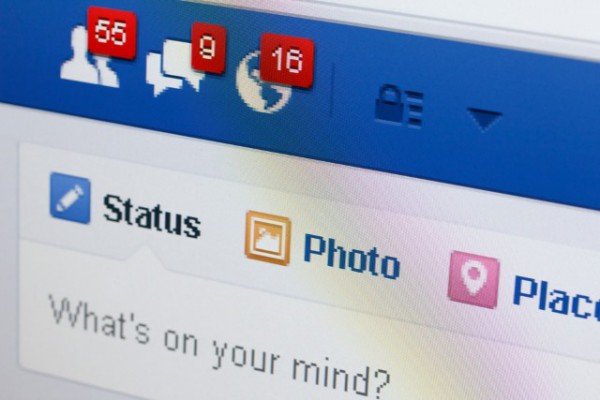


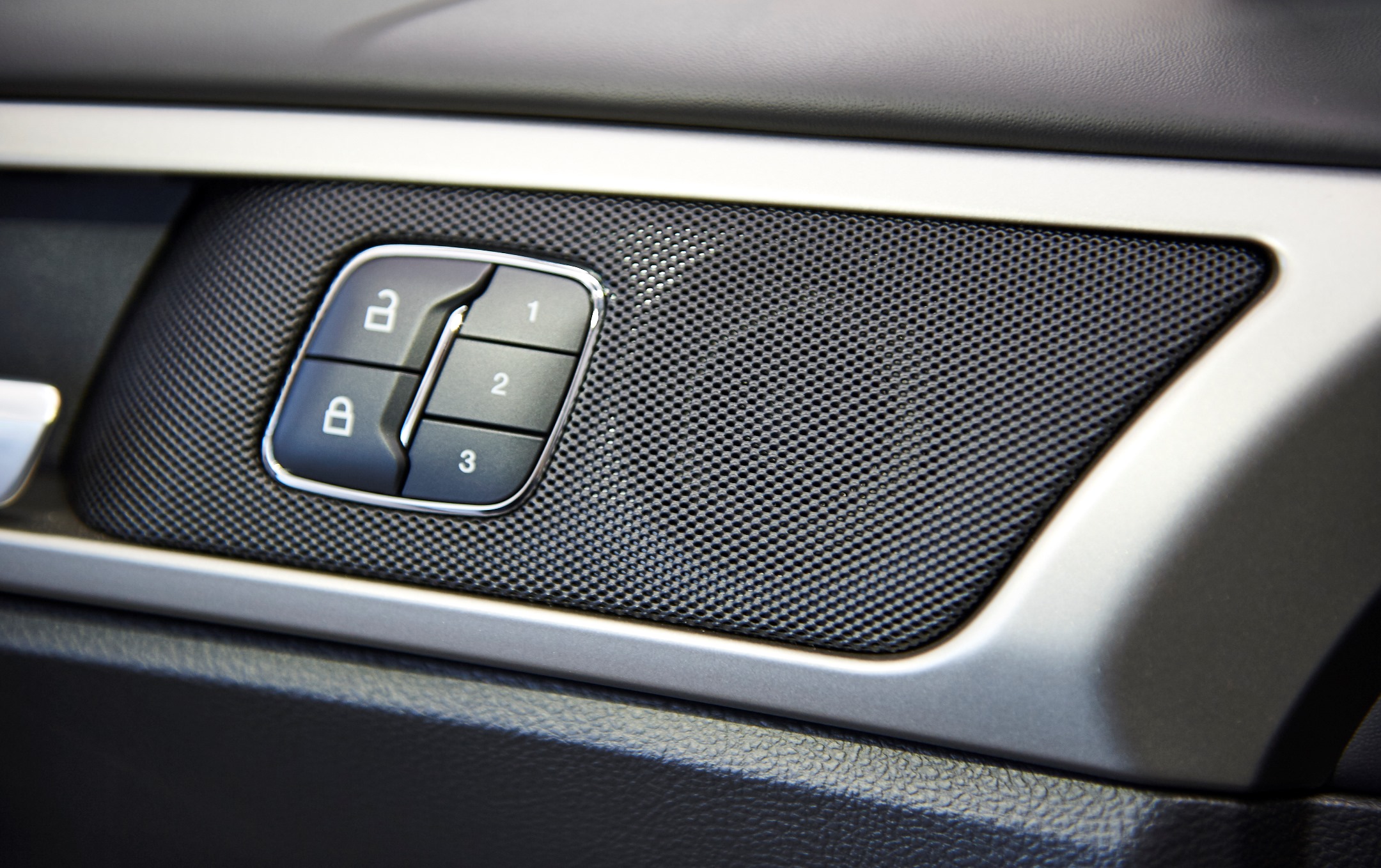
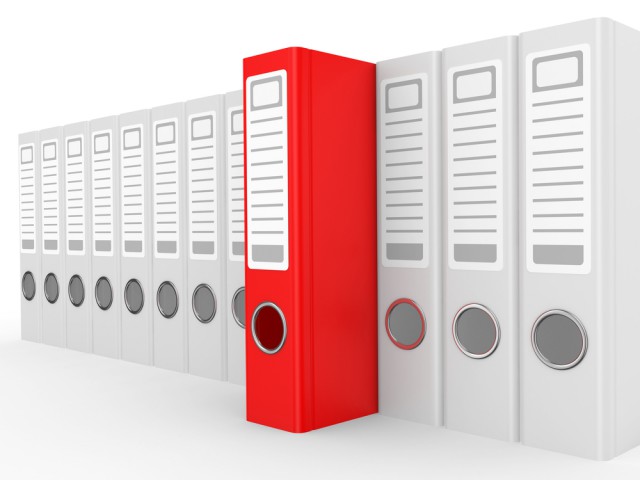
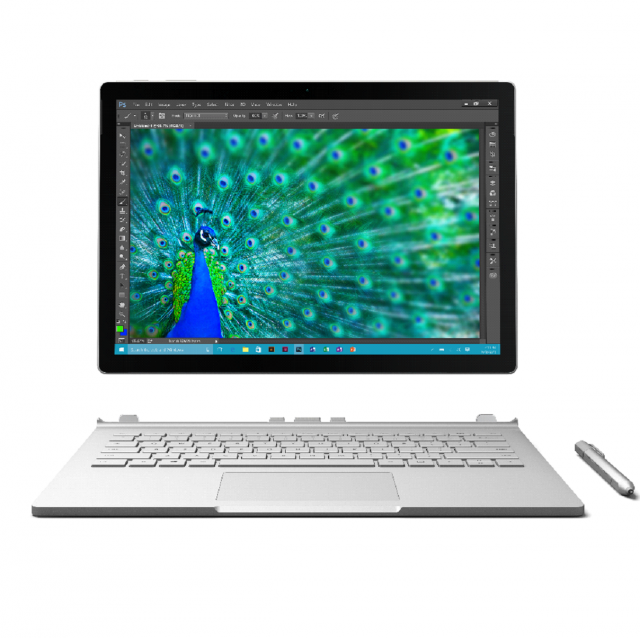



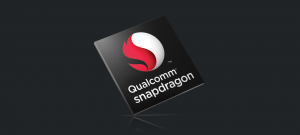 Qualcomm has officially unveiled its new flagship mobile processor, Snapdragon 820. The new chip promises major improvements in performance across the board, like 40 percent faster graphics compared to Snapdragon 810, and supports new technologies, such as Wi-Fi 802.11 ad.
Qualcomm has officially unveiled its new flagship mobile processor, Snapdragon 820. The new chip promises major improvements in performance across the board, like 40 percent faster graphics compared to Snapdragon 810, and supports new technologies, such as Wi-Fi 802.11 ad.
 Marco Vergani is Vice President and General Manager of Europe at Digital River, a leading global provider of Commerce-as-a-Service solutions. Based in Digital River’s London office, Marco has led customer-focused international sales operations for more than 25 years.
Marco Vergani is Vice President and General Manager of Europe at Digital River, a leading global provider of Commerce-as-a-Service solutions. Based in Digital River’s London office, Marco has led customer-focused international sales operations for more than 25 years. 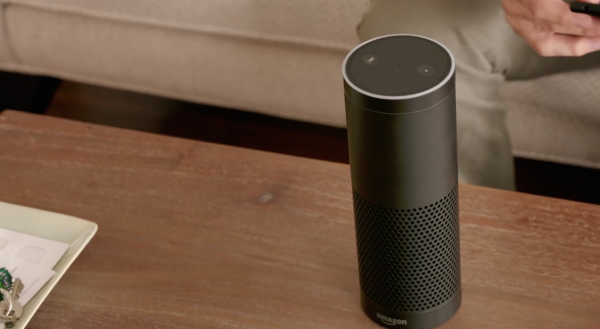




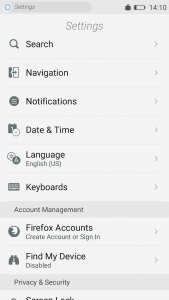 Mozilla has included 13 new apps, the list of which includes Phone, Messages, Firefox browser, Video and Settings to name but a few. The Firefox OS 2.5 Developer Preview settings menu, for instance, is triggered when the user taps on the gear button in the notifications panel.
Mozilla has included 13 new apps, the list of which includes Phone, Messages, Firefox browser, Video and Settings to name but a few. The Firefox OS 2.5 Developer Preview settings menu, for instance, is triggered when the user taps on the gear button in the notifications panel.

